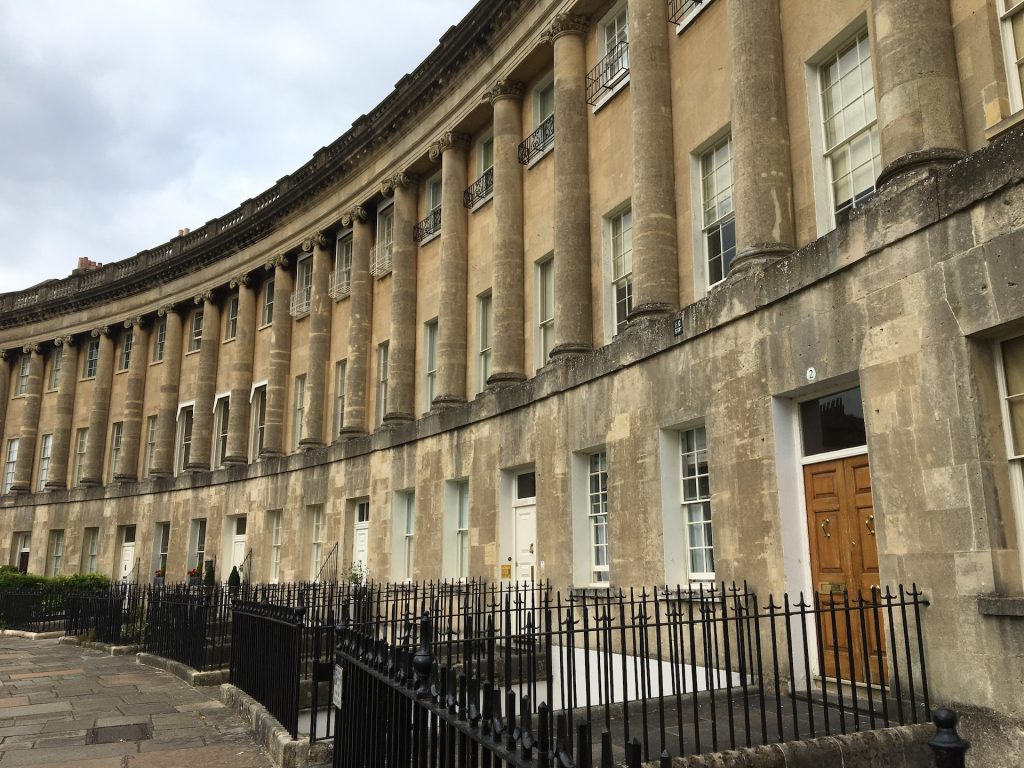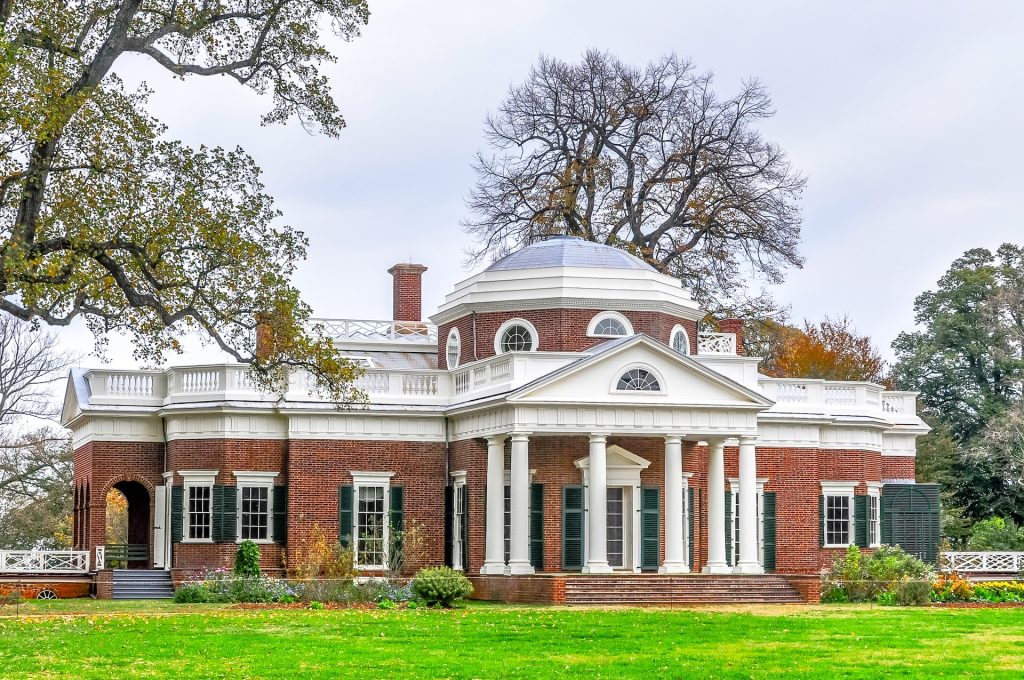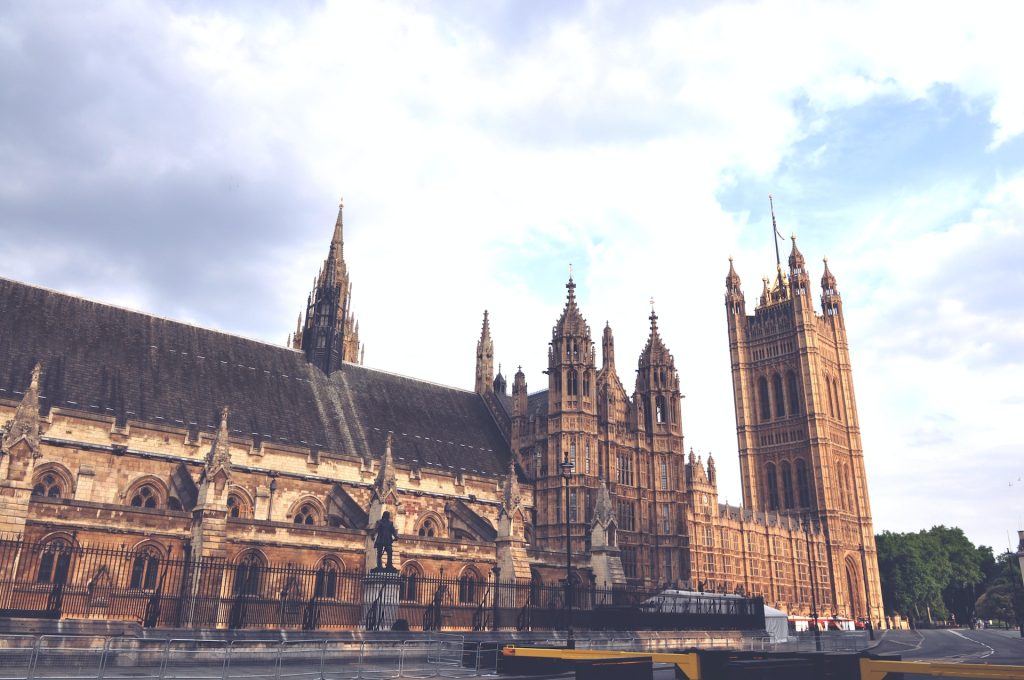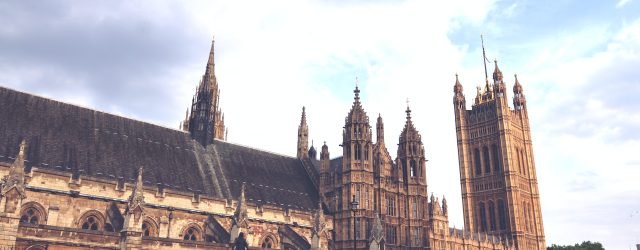Architecture is a reflection of culture, history, and innovation. Over the centuries, the United Kingdom and the United States have developed distinct architectural styles that reflect their unique heritage, climate, and societal influences. In this blog, we’ll delve into the key differences between architectural trends in the UK and America, explore popular building styles, and discover some iconic structures that have left an indelible mark on their respective landscapes.
1. Georgian Architecture: A Classic UK Style

Georgian architecture, which flourished during the reigns of the first four British monarchs of the House of Hanover (1714-1830), is characterised by its symmetrical facades, grand proportions, and restrained ornamentation. One of the most iconic examples of Georgian architecture is the Royal Crescent in Bath, England. Designed by John Wood the Younger and completed in 1774, it features a sweeping crescent of 30 terraced houses.
Interesting Fact: The Royal Crescent is not just a beautiful architectural ensemble; it also has a historical significance. During World War II, it was used as a place of refuge and recovery for European Jews who had fled the Nazi regime.
2. Federal Style in America: A Mirror of Neoclassical Elegance

In the United States, the Federal style, inspired by Neoclassical design principles, was prevalent from the late 18th century into the early 19th century. Monticello, the Virginia plantation home designed by Thomas Jefferson, exemplifies this style. Its symmetrical facade, columns, and domed roof showcase the influence of ancient Greek and Roman architecture.
Historical Titbit: Thomas Jefferson, a polymath and Founding Father, not only designed Monticello but also played a crucial role in drafting the Declaration of Independence.
3. Victorian Splendour in the UK

The Victorian era (1837-1901) in the UK witnessed a revival of various architectural styles, including the Gothic Revival, Italianate, and Queen Anne styles. The Houses of Parliament in London, designed by Charles Barry and Augustus Pugin, are a splendid example of Gothic Revival architecture. Completed in 1870, its pointed arches and intricate detailing evoke a sense of grandeur and historical romance.
Fun Fact: The Palace of Westminster, home to the UK Parliament, was nearly destroyed by a fire in 1834, which led to its magnificent reconstruction in the Gothic Revival style.
Continue Reading


